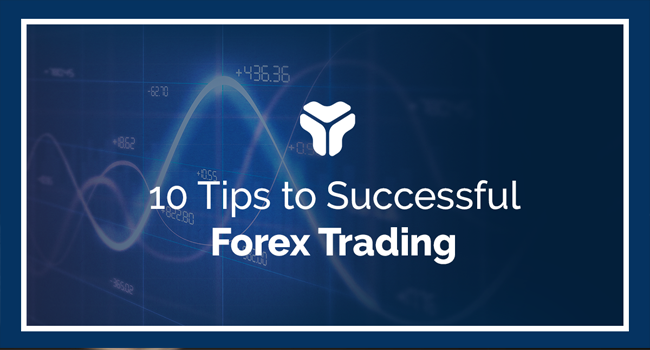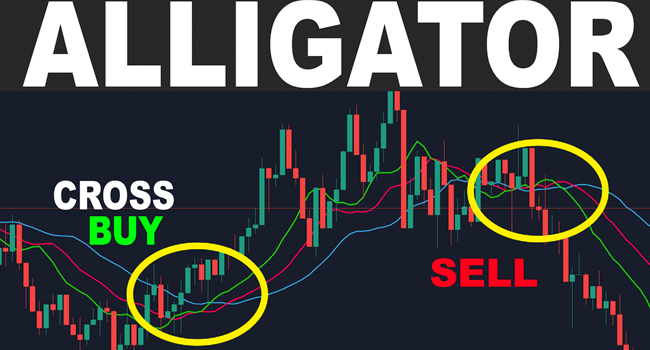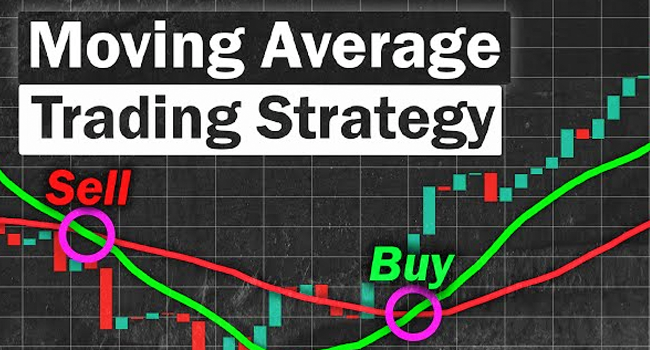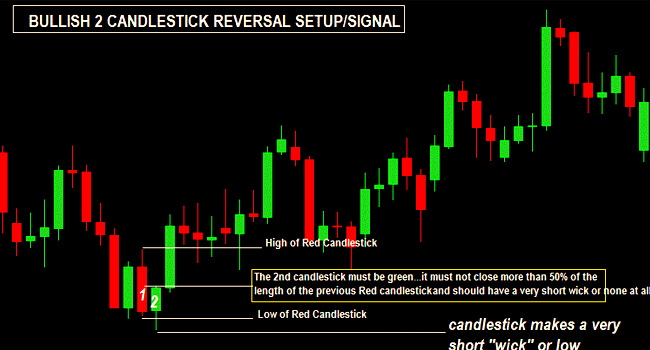1. Education and Knowledge
One of the foundational pillars of successful Forex trading is education. Before entering the Forex market, it’s crucial to have a solid understanding of how it works. Familiarize yourself with basic concepts such as currency pairs, exchange rates, and market dynamics. Explore fundamental and technical analysis integral to making informed trading decisions.
2. Choose a Reputable Broker
Look for a broker regulated by relevant authorities, offers a user-friendly trading platform, and provides transparent information about fees and spreads. Ensure that the broker has a good reputation for customer service and has been in the industry for a reasonable amount of time.
3. Define Your Risk Tolerance and Set Realistic Goals
Success in Forex is often about consistent, sustainable growth rather than quick, high-risk gains.
4. Develop a Solid Trading Plan
A well-thought-out trading plan is your roadmap to success in the Forex market. Define your trading strategy, including entry and exit points, risk-reward ratios, and the types of analysis you’ll use. Having a plan in place helps you avoid impulsive decisions based on emotions.
5. Practice with a Demo Account
Before risking natural capital, use a demo account to practice your trading strategies. Demo accounts simulate market conditions, allowing you to hone your skills without financial risk.
6. Embrace Risk Management Strategies
Successful Forex traders prioritize risk management to protect their capital. Avoid the temptation to over-leverage, as excessive leverage can amplify both gains and losses.
7. Stay Informed About Market Conditions
Many factors influence currency values, including economic indicators, geopolitical events, and market sentiment. Stay informed about major economic releases, central bank decisions, and global events that may impact the Forex market. Utilize reputable financial news sources, economic calendars, and analysis reports to stay ahead of market trends.
8. Be Patient and Disciplined
Patience and discipline are virtues in Forex trading. Stick to your trading plan and wait for favorable trading opportunities. Successful traders understand that not every trade will be a winner, and losses are part of the game. Stay disciplined in your approach, and don’t let emotions dictate your actions.
9. Adapt to Changing Market Conditions
The Forex market is dynamic, and successful traders adapt to changing conditions. Be flexible with your strategies and adjust them based on market trends. What works in one market environment may be less effective in another. Stay open to learning new techniques, integrating advanced tools, and refining your approach to align with evolving market dynamics.
10. Keep Detailed Records
Maintain a comprehensive trading journal to record your trades, decisions, and outcomes. Analyze successful and unsuccessful transactions to identify patterns, strengths, and areas for improvement. This reflective practice helps you learn from your experiences and evolve as a trader.
11. Cultivate Emotional Intelligence
In Forex trading, emotions can be a trader’s greatest ally and most formidable foe. Cultivating emotional intelligence involves understanding and managing your emotions during the highs of winning streaks and the lows of losses. Emotional discipline prevents impulsive decision-making and ensures that your trading decisions are based on analysis rather than fleeting feelings. Take breaks when needed, and don’t let fear or greed dictate your actions.
12. Learn from Mistakes and Adapt
Mistakes are an inevitable part of trading, but what sets successful traders apart is their ability to learn from these errors. Instead of dwelling on losses, view them as opportunities for growth and improvement. Regularly assess your trades, identify patterns in your decision-making, and adapt your strategies accordingly. This continuous learning process helps refine your approach and enhances your trading skills.
13. Network and Engage with the Trading Community
Joining trading communities, forums, or social media groups provides valuable insights and perspectives from fellow traders. Engaging in discussions, sharing experiences, and learning from others can broaden your understanding of the Forex market. Networking can also provide emotional support during challenging times as you connect with individuals with similar goals and challenges.
14. Understand Market Sentiment
Market sentiment plays a crucial role in Forex trading. Traders should pay attention to the market’s mood, which can impact currency prices. Economic data, news events, and geopolitical developments can influence this sentiment. Understanding market sentiment lets you make more informed decisions and anticipate potential market movements.
15. Regularly Review and Update Your Strategy
The Forex market evolves, and what works today may be less effective tomorrow. Regularly review and update your trading strategy to reflect changes in market conditions, risk tolerance, and evolving goals. Stay informed about emerging trends, technological advancements, and global economic shifts that could impact your trading approach.
16. Manage Your Time Effectively
Forex trading doesn’t require constant monitoring, but effective time management is crucial. Develop a trading routine that aligns with your schedule and allows you to focus during peak market hours. Avoid excessive screen time, as constant monitoring can lead to overtrading and impulsive decisions. Set aside dedicated periods for analysis, decision-making, and self-improvement.
17. Be Realistic About Profits
While the potential for profits in Forex trading is enticing, it’s essential to maintain realistic expectations. Avoid falling into unrealistic profit goals that may lead to excessive risk-taking. Instead, focus on consistent, sustainable growth. Understand that losses are part of the trading journey, and success is measured over the long term rather than by individual trades.
18. Keep an Eye on Geopolitical Developments
Stay informed about global political developments, trade tensions, and geopolitical risks that could influence currency values. Develop an understanding of how political events may create opportunities or threats in the Forex market and adjust your strategies accordingly.
19. Utilize Advanced Trading Tools Responsibly
Advanced trading tools like automated trading algorithms and artificial intelligence-driven analytics can enhance your decision-making process. However, it is crucial to use these tools responsibly and with a solid understanding of how they operate. Avoid over-reliance on automation and maintain an active role in monitoring and managing your trades.
20. Celebrate Success and Stay Humble
Finally, celebrate your successes, no matter how small, and acknowledge your growth as a trader. However, maintaining humility is equally important. The Forex market is humbling, and even the most experienced traders face challenges. Stay open to learning, be receptive to feedback, and approach each day with a continuous improvement mindset.
21. Diversify Across Asset Classes
While Forex trading primarily involves currency pairs, consider diversifying your portfolio across different asset classes. Including commodities, stocks, or indices in your trading strategy can provide additional opportunities and spread risk. Diversification can also help you navigate periods of volatility in specific currency markets.
22. Keep an Eye on Central Bank Policies
Central banks play a pivotal role in currency valuation through their monetary policies. Stay informed about significant bank decisions, interest rate changes, and policy statements.
23. Incorporate Seasonal Trends
Seasonal trends can influence currency markets, with certain times of the year exhibiting consistent patterns. For example, end-of-year repatriation flows or holiday-related market quietness can impact trading conditions. Incorporate seasonal trends into your analysis to adjust your trading strategy accordingly.
24. Monitor Liquidity Conditions
Liquidity in the Forex market can vary throughout the trading day. Major currency pairs tend to have higher liquidity during overlapping trading sessions, such as the London-New York overlap. Understanding liquidity conditions is crucial for executing trades efficiently and avoiding slippage. Adjust your trading activities based on the level of market liquidity.
25. Stay Adaptive to Technological Advances
Technology continues to reshape the landscape of Forex trading. Stay adaptive to new technologies, trading platforms, and tools that can enhance your efficiency and decision-making. Embrace innovations such as mobile trading apps, algorithmic trading, and artificial intelligence while ensuring they align with your overall trading strategy.
Conclusion: The Path to Forex Success
Success in Forex trading is a journey that requires a combination of knowledge, discipline, and adaptability. By investing time in education, choosing the right broker, and developing a solid trading plan, you set the foundation for success. Embracing risk management, staying informed about market conditions, and maintaining patience and discipline are crucial for navigating the complexities of the Forex market. Remember, the road to success in Forex is a continuous learning process, and by following these tips, you increase your chances of building a sustainable and profitable trading career.









